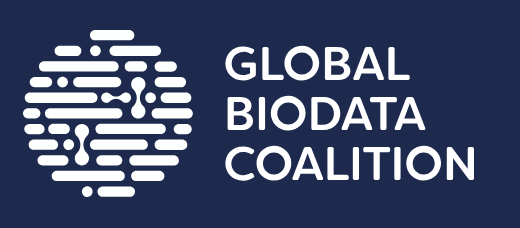CATH Superfamily 1.20.58.1970
The name of this superfamily has been modified since the most recent official CATH+ release (v4_4_0). At the point of the last release, this superfamily was: waiting to be named.
FunFam 9: Exocyst complex component sec10
Please note: GO annotations are assigned to the full protein sequence rather than individual protein domains. Since a given protein can contain multiple domains, it is possible that some of the annotations below come from additional domains that occur in the same protein, but have been classified elsewhere in CATH.
There are 1 GO terms relating to "molecular function"
The search results have been sorted with the annotations that are found most frequently at the top of the
list. The results can be filtered by typing text into the search box at the top of the table.
| GO Term | Annotations | Evidence |
|---|---|---|
|
Protein binding GO:0005515
Interacting selectively and non-covalently with any protein or protein complex (a complex of two or more proteins that may include other nonprotein molecules).
|
1 | O13705 (/IPI) |
There are 2 GO terms relating to "biological process"
The search results have been sorted with the annotations that are found most frequently at the top of the
list. The results can be filtered by typing text into the search box at the top of the table.
| GO Term | Annotations | Evidence |
|---|---|---|
|
Intracellular protein transport GO:0006886
The directed movement of proteins in a cell, including the movement of proteins between specific compartments or structures within a cell, such as organelles of a eukaryotic cell.
|
1 | O13705 (/IC) |
|
Vesicle tethering involved in exocytosis GO:0090522
The initial, indirect interaction between a secretory vesicle membrane and a site of exocytosis in the plasma membrane. This interaction is mediated by tethering factors (or complexes), which interact with both membranes. Interaction can occur via direct binding to membrane phospholipids or membrane proteins, or via binding to vesicle coat proteins. This process is distinct from and prior to docking and fusion.
|
1 | O13705 (/IC) |
There are 6 GO terms relating to "cellular component"
The search results have been sorted with the annotations that are found most frequently at the top of the
list. The results can be filtered by typing text into the search box at the top of the table.
| GO Term | Annotations | Evidence |
|---|---|---|
|
Exocyst GO:0000145
A protein complex peripherally associated with the plasma membrane that determines where vesicles dock and fuse. At least eight complex components are conserved between yeast and mammals.
|
1 | O13705 (/IDA) |
|
Nucleus GO:0005634
A membrane-bounded organelle of eukaryotic cells in which chromosomes are housed and replicated. In most cells, the nucleus contains all of the cell's chromosomes except the organellar chromosomes, and is the site of RNA synthesis and processing. In some species, or in specialized cell types, RNA metabolism or DNA replication may be absent.
|
1 | O13705 (/HDA) |
|
Cytosol GO:0005829
The part of the cytoplasm that does not contain organelles but which does contain other particulate matter, such as protein complexes.
|
1 | O13705 (/HDA) |
|
Cell division site GO:0032153
The eventual plane of cell division (also known as cell cleavage or cytokinesis) in a dividing cell. In Eukaryotes, the cleavage apparatus, composed of septin structures and the actomyosin contractile ring, forms along this plane, and the mitotic, or meiotic, spindle is aligned perpendicular to the division plane. In bacteria, the cell division site is generally located at mid-cell and is the site at which the cytoskeletal structure, the Z-ring, assembles.
|
1 | O13705 (/HDA) |
|
Cell division site GO:0032153
The eventual plane of cell division (also known as cell cleavage or cytokinesis) in a dividing cell. In Eukaryotes, the cleavage apparatus, composed of septin structures and the actomyosin contractile ring, forms along this plane, and the mitotic, or meiotic, spindle is aligned perpendicular to the division plane. In bacteria, the cell division site is generally located at mid-cell and is the site at which the cytoskeletal structure, the Z-ring, assembles.
|
1 | O13705 (/IDA) |
|
Cell tip GO:0051286
The region at the end of the longest axis of a cylindrical or elongated cell.
|
1 | O13705 (/IDA) |
